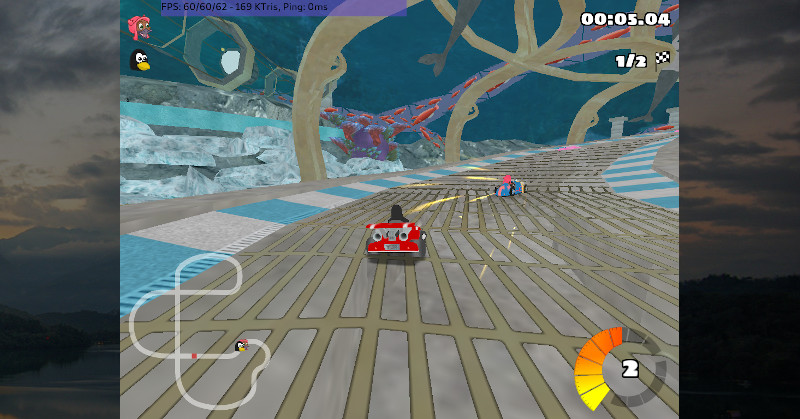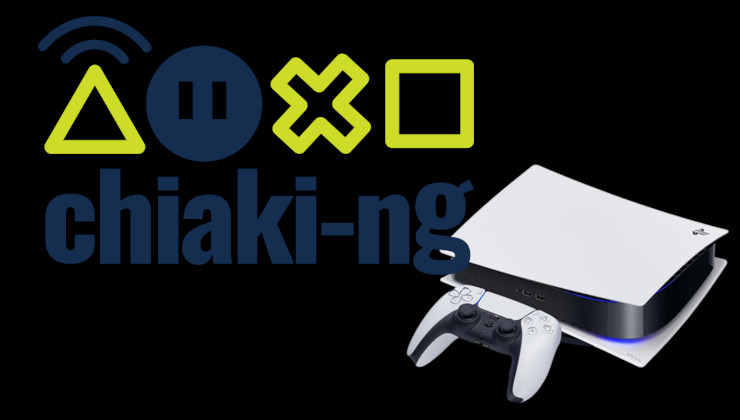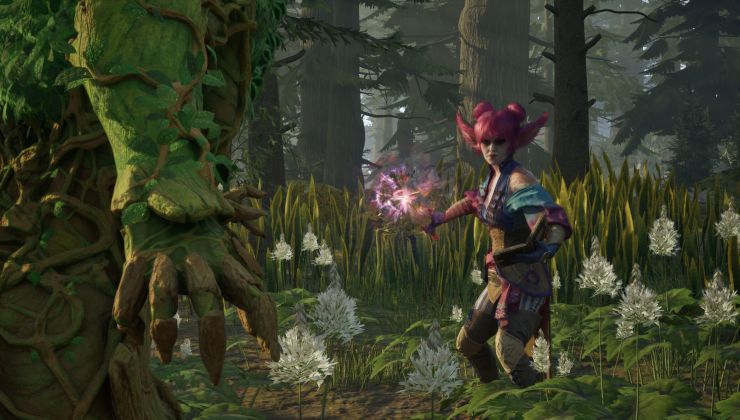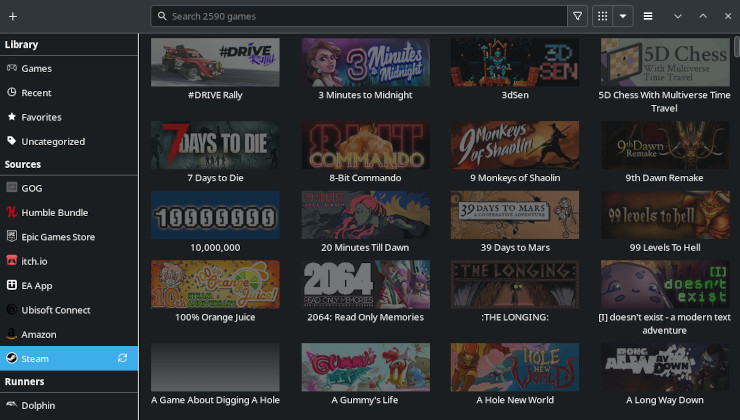Do you have a system laying around rocking a Mali GPU (perhaps in a Chromebook)? The good news is Mesa just got experimental support for OpenGL ES (GLES) 3.0 to give them more advanced graphics support.
Writing on the Collabora blog, graphics hacker Alyssa Rosenzweig noted about the initial GLES 3.0 support landing in upstream Mesa today. They've added tons of new features to the Panfrost driver including: instanced rendering, primitive restart, uniform buffer objects, 3D textures and multiple render targets (on Mali T760 and up).
All of this together means some more modern games can run on these Mali chips, they've tested the classic open source racing game SuperTuxKart and mentioned how "SuperTuxKart's ES 3.0 non-deferred renderer now works with Panfrost".

SuperTuxKart running with Open GL ES 3.0 on Panfrost
They're also ensuring that GLES 3.0 continues to run smoothly with the Panfrost driver, as they've included it in their continuous integration infrastructure—meaning all changes got verified to ensure there's no major breakage happening.
If you wish to try it out, it will work with a mainline Linux kernel and the latest Mesa git code with the "PAN_MESA_DEBUG=gles3" environmental variable, just keep in mind it's all still experimental but it's fun to see more chips get their open source driver support further along. From what Collabora told me over a quick email chat you can find the Mali chips across Chromebooks with RK3288 and RK3399 SoCs, TV Boxes with Amlogic S912, Allwinner H6, and others with "T720, T760, T820 and T860" GPUs and more but those are just a few quick examples.
Read more on the blog post.
Last edited by drlamb on 27 Feb 2020 at 4:59 pm UTC
Cannot wait for this change to trickle down into Manjaro ARM on my pinebook pro, currently running KDE paired with OpenGL 2.0/mesa-git on panfrost.
That's what I was gonna say.
Has anyone tried any vulkan related application (as the pinebook pro Mali GPU is meant to support Vulkan 1.0 implementations)?
I obviously don't expect much performance but might come in handy to optimise a few basic rendering stacks here and there.
Last edited by a0kami on 27 Feb 2020 at 6:58 pm UTC
i know this game isnt perfect in the graphic department, but on this level, it should be better








 How to set, change and reset your SteamOS / Steam Deck desktop sudo password
How to set, change and reset your SteamOS / Steam Deck desktop sudo password How to set up Decky Loader on Steam Deck / SteamOS for easy plugins
How to set up Decky Loader on Steam Deck / SteamOS for easy plugins
See more from me